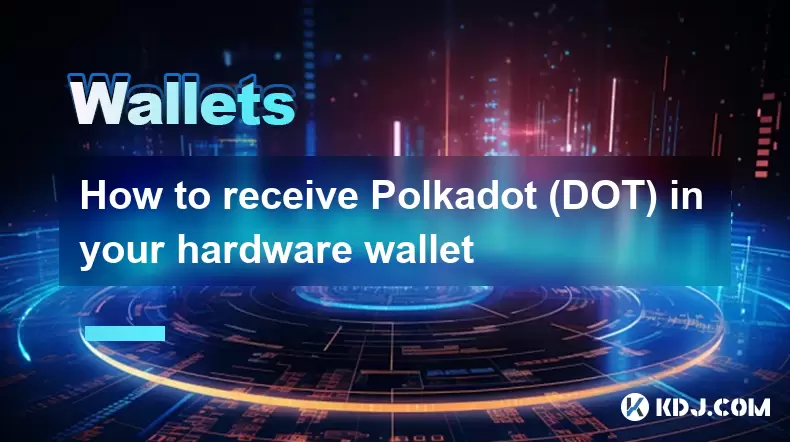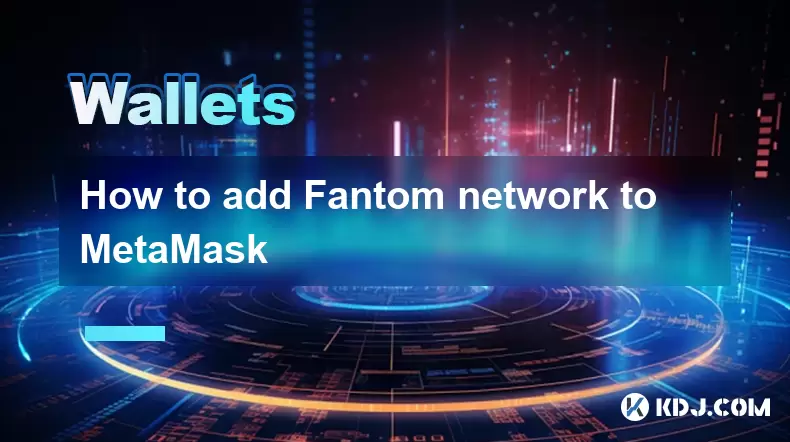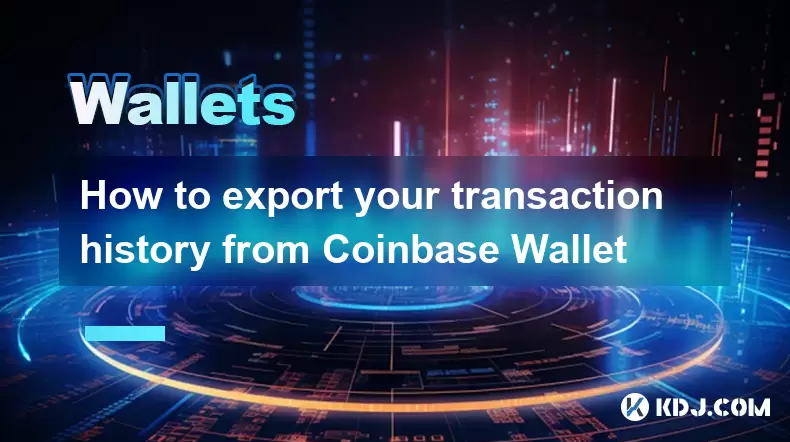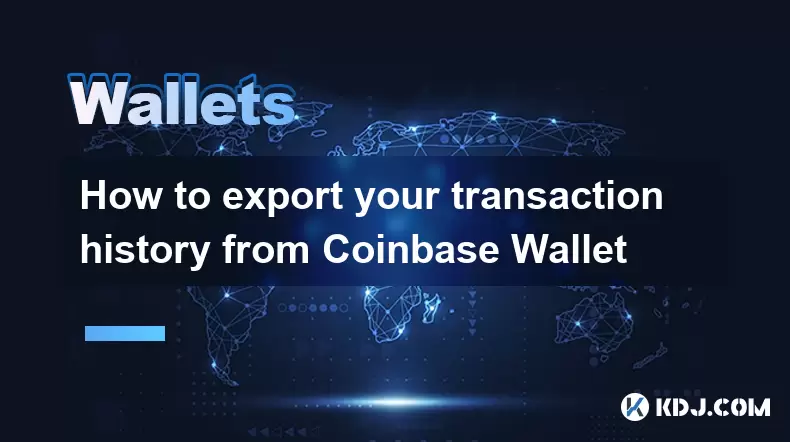-
 Bitcoin
Bitcoin $115100
1.27% -
 Ethereum
Ethereum $3675
2.71% -
 XRP
XRP $2.995
1.45% -
 Tether USDt
Tether USDt $1.000
0.02% -
 BNB
BNB $769.8
2.64% -
 Solana
Solana $168.0
3.25% -
 USDC
USDC $0.9999
-0.01% -
 TRON
TRON $0.3371
1.48% -
 Dogecoin
Dogecoin $0.2051
3.36% -
 Cardano
Cardano $0.7394
2.30% -
 Hyperliquid
Hyperliquid $38.15
0.42% -
 Stellar
Stellar $0.3966
-0.36% -
 Sui
Sui $3.486
2.93% -
 Chainlink
Chainlink $16.72
2.52% -
 Bitcoin Cash
Bitcoin Cash $568.0
4.36% -
 Hedera
Hedera $0.2440
2.59% -
 Ethena USDe
Ethena USDe $1.001
0.04% -
 Avalanche
Avalanche $22.16
2.06% -
 Litecoin
Litecoin $119.1
-0.73% -
 UNUS SED LEO
UNUS SED LEO $8.991
0.04% -
 Toncoin
Toncoin $3.232
-0.39% -
 Shiba Inu
Shiba Inu $0.00001233
2.82% -
 Uniswap
Uniswap $9.717
2.53% -
 Polkadot
Polkadot $3.664
1.85% -
 Dai
Dai $1.000
0.01% -
 Monero
Monero $281.2
-3.89% -
 Bitget Token
Bitget Token $4.350
1.55% -
 Cronos
Cronos $0.1428
5.07% -
 Pepe
Pepe $0.00001050
3.68% -
 Aave
Aave $262.3
3.54%
How to receive Polkadot (DOT) in your hardware wallet
To receive DOT in a hardware wallet, ensure compatibility (e.g., Ledger or Trezor), install the Polkadot app, use Polkadot.js, and always verify addresses on-device.
Aug 07, 2025 at 07:03 am

Understanding Polkadot (DOT) and Hardware Wallet Compatibility
Receiving Polkadot (DOT) into a hardware wallet begins with understanding the ecosystem and device compatibility. Polkadot is a multi-chain network designed to enable cross-chain interoperability, and its native token, DOT, operates under the Substrate framework. Not all hardware wallets natively support DOT, so verifying compatibility is essential. Devices like Ledger Nano S, Ledger Nano X, and Trezor Model T support Polkadot through integrated apps or firmware updates. Ensure your device firmware is up to date and that the Polkadot application is installed via the device’s manager interface. Using an incompatible or outdated wallet may result in loss of funds or failed transactions.
Setting Up Your Hardware Wallet for DOT
Before receiving DOT, your hardware wallet must be correctly configured:
- Initialize your device by following the manufacturer’s setup guide, recording the recovery phrase securely.
- Install the Polkadot app using the official wallet manager (e.g., Ledger Live for Ledger devices).
- Open the Polkadot application on the device after installation.
- Use a trusted interface like Polkadot.js Wallet or Trezor Suite to interact with your wallet.
- Connect your hardware wallet to your computer via USB or Bluetooth (if supported).
- Confirm the connection on both the device screen and the software interface.
During setup, never enter your recovery phrase into any software or website. The private keys remain secure only if they never leave the hardware device.
Accessing Your DOT Receive Address
To receive DOT, you must obtain your wallet’s public receiving address:
- Launch Polkadot.js Apps (https://polkadot.js.org/apps) in a supported browser.
- Click on “Accounts” in the top navigation bar.
- Select “Add account” and choose “Connect hardware device.”
- Follow the prompts to connect your hardware wallet.
- Once connected, select your device from the list.
- The interface will display your DOT address, which typically starts with “1” and contains 48 characters.
This address is safe to share with others for receiving DOT. Always double-check the address on your hardware wallet’s screen before confirming. Mismatched addresses may indicate phishing or malware.
Sending DOT to Your Hardware Wallet
When someone sends DOT to your hardware wallet:
- Provide them with your full DOT address as displayed in Polkadot.js or your wallet interface.
- Ensure they select the correct network—Polkadot Mainnet, not Kusama or a testnet.
- Transactions on the Polkadot network require a small transaction fee in DOT, paid by the sender.
- After the sender initiates the transfer, wait for network confirmation.
- Open Polkadot.js Apps and refresh the page to see incoming balance updates.
- Verify the transaction details on your hardware device if prompted for any action.
Never send DOT from an exchange directly to a contract address or a non-native chain. Use only the standard DOT address generated by your hardware wallet.
Verifying the Received DOT Transaction
After the transaction is broadcast:
- Use a blockchain explorer like Polkascan or Subscan.
- Paste your DOT address into the search bar.
- Locate the incoming transaction by checking the timestamp and amount.
- Confirm the extrinsic status is “Success” and not “Failed” or “Pending.”
- Match the transaction hash (TxHash) with the one provided by the sender.
- Check that the sender’s address matches the expected source.
If the balance does not appear in your wallet interface:
- Refresh Polkadot.js Apps.
- Reconnect your hardware wallet.
- Ensure you are on the correct network (Polkadot, not a parachain).
- Confirm the account is derived using the correct path (typically
m/44'/354'/0'/0/0for DOT).
Troubleshooting Common Receiving Issues
Issues may arise when receiving DOT:
- Address not recognized: Ensure you’re using a Polkadot-compatible wallet interface, not Ethereum or another chain’s tool.
- Balance not updating: Clear browser cache, reconnect the device, and reload Polkadot.js Apps.
- Transaction stuck: Check network congestion using Subscan. If the fee was too low, the sender may need to rebroadcast.
- Wrong network used: DOT sent via Ethereum (ERC-20) or Binance Smart Chain cannot be recovered through a Polkadot hardware wallet. Such transfers require manual recovery through the exchange or bridge service.
- Device not detected: Try a different USB cable, port, or browser. Disable browser extensions that may interfere.
Always verify the transaction on the blockchain before assuming an error. Delays can occur during peak network usage.
Security Best Practices When Receiving DOT
Maintaining security is critical:
- Only download wallet software from official websites (e.g., ledger.com, trezor.io, polkadot.js.org).
- Use a dedicated device for cryptocurrency management, free of malware.
- Enable PIN protection and never share it.
- Store your recovery phrase offline, preferably on metal backup.
- Avoid public Wi-Fi when managing your wallet.
- Regularly check for firmware and app updates from the manufacturer.
- Confirm all transaction details on the hardware device’s screen before approving.
Phishing sites often mimic Polkadot.js Apps. Always verify the URL and use bookmarked links.
Frequently Asked Questions
Can I receive DOT on a Ledger using MetaMask?
No. MetaMask does not support Polkadot natively. You must use Polkadot.js Wallet or Ledger Live with the Polkadot app enabled. MetaMask is designed for Ethereum-compatible chains only.
What happens if I send DOT to an Ethereum address by mistake?
If DOT was sent as an ERC-20 token to an Ethereum address, it cannot be accessed through your Polkadot hardware wallet. You must contact the exchange or wallet provider that issued the transfer to attempt recovery. Native DOT and ERC-20 DOT are on separate blockchains.
How long does it take to receive DOT in a hardware wallet?
Transaction time depends on network activity and the sender’s fee. Most DOT transfers settle within 1–5 minutes. You can monitor progress using Subscan.io by entering the transaction hash.
Do I need to pay to receive DOT?
No. The receiver never pays a fee to receive DOT. The sender covers the transaction cost, which is deducted from their balance. Your hardware wallet will not prompt you for payment when receiving funds.
Disclaimer:info@kdj.com
The information provided is not trading advice. kdj.com does not assume any responsibility for any investments made based on the information provided in this article. Cryptocurrencies are highly volatile and it is highly recommended that you invest with caution after thorough research!
If you believe that the content used on this website infringes your copyright, please contact us immediately (info@kdj.com) and we will delete it promptly.
- BlockDAG, Litecoin, and Cardano: Charting the Course in Crypto's Dynamic Waters
- 2025-08-07 09:09:06
- Fireverse Token: Igniting a Musical Revolution in Web3
- 2025-08-07 08:27:45
- Ethereum, L2 Withdrawals, and Decentralization: A New Yorker's Take
- 2025-08-07 08:32:33
- Avalanche vs. Ruvi AI: Daily Sales Tell a Story of Crypto Disruption
- 2025-08-07 06:29:35
- DeSoc: The Crypto to Buy Now for a Decentralized Future (and Maybe 43x Gains!)
- 2025-08-07 06:50:16
- Arctic Pablo Coin: Riding the Meme Coin Wave with a Deflationary Twist
- 2025-08-07 07:18:13
Related knowledge

How to add Fantom network to MetaMask
Aug 07,2025 at 08:21am
Understanding the Fantom Network and MetaMask IntegrationThe Fantom network is a high-performance, scalable, and secure blockchain platform designed f...

How to export your transaction history from Coinbase Wallet
Aug 07,2025 at 06:50am
Understanding Coinbase Wallet and Transaction HistoryCoinbase Wallet is a self-custodial cryptocurrency wallet that allows users to store, manage, and...

How to export your transaction history from Coinbase Wallet
Aug 07,2025 at 08:49am
Understanding Coinbase Wallet and Transaction HistoryCoinbase Wallet is a self-custodial cryptocurrency wallet that allows users to store, manage, and...

How to set up a new Ledger Nano S Plus
Aug 07,2025 at 06:01am
Unboxing and Initial InspectionWhen you receive your Ledger Nano S Plus, begin by carefully unboxing the package. Inside, you should find the Ledger N...

How to receive Polkadot (DOT) in your hardware wallet
Aug 07,2025 at 07:03am
Understanding Polkadot (DOT) and Hardware Wallet CompatibilityReceiving Polkadot (DOT) into a hardware wallet begins with understanding the ecosystem ...

How to receive NFTs in your Ledger Nano X
Aug 07,2025 at 02:45am
Understanding NFTs and Ledger Nano X CompatibilityNFTs (Non-Fungible Tokens) are unique digital assets stored on a blockchain, typically on networks l...

How to add Fantom network to MetaMask
Aug 07,2025 at 08:21am
Understanding the Fantom Network and MetaMask IntegrationThe Fantom network is a high-performance, scalable, and secure blockchain platform designed f...

How to export your transaction history from Coinbase Wallet
Aug 07,2025 at 06:50am
Understanding Coinbase Wallet and Transaction HistoryCoinbase Wallet is a self-custodial cryptocurrency wallet that allows users to store, manage, and...

How to export your transaction history from Coinbase Wallet
Aug 07,2025 at 08:49am
Understanding Coinbase Wallet and Transaction HistoryCoinbase Wallet is a self-custodial cryptocurrency wallet that allows users to store, manage, and...

How to set up a new Ledger Nano S Plus
Aug 07,2025 at 06:01am
Unboxing and Initial InspectionWhen you receive your Ledger Nano S Plus, begin by carefully unboxing the package. Inside, you should find the Ledger N...

How to receive Polkadot (DOT) in your hardware wallet
Aug 07,2025 at 07:03am
Understanding Polkadot (DOT) and Hardware Wallet CompatibilityReceiving Polkadot (DOT) into a hardware wallet begins with understanding the ecosystem ...

How to receive NFTs in your Ledger Nano X
Aug 07,2025 at 02:45am
Understanding NFTs and Ledger Nano X CompatibilityNFTs (Non-Fungible Tokens) are unique digital assets stored on a blockchain, typically on networks l...
See all articles

























































































